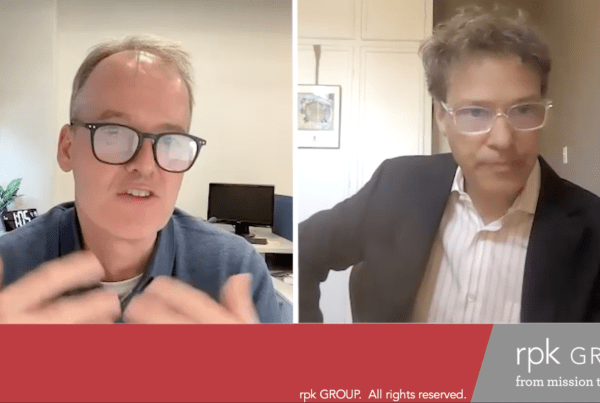There were countless articles in 2020 chronicling the ways in which institutions responded to financial challenges accelerated by CV-19. Some cut programs, others resorted to furloughs and layoffs, and some explored merging or even closing. This is all difficult to grasp – particularly for those in academia who entered the profession with expectations of long term job security and broad public support for higher education.
While the current budget deficits in higher education are very real and require immediate response, the causes of those deficits emerged over a long period of time. So, how did we get here? A key factor is our industry’s unchecked growth. New programs, new buildings, new amenities – all in the name of attracting and keeping more students. Smart growth can be great. Growth without attention to market demand and net revenue results in unsustainable business models and budget deficits. Those business models in turn drive up tuition prices and student debt across all sectors of higher ed.
Two excellent reports that came out at the end of 2020 highlight the ways in which past efforts failed to deliver the smart growth needed to sustain investments in new programs and infrastructure:
- EY Parthenon, with support from the Lumina Foundation, found that total capacity in higher ed increased 26% from 2009-2019, while enrollment increased only 3% over that same time period. The estimated impact of that excess capacity is $50 billion As the authors point out, that number is almost equivalent to the amount of new student debt taken out each year.
- Burning Glass Technologies tackled something that rpk is often asked to explore – the health of academic programs. More specifically, they looked at the failure rate of programs that launched in 2013 and 2014. Across all sectors, 30% of new programs failed to confer a single degree by 2018, and 63% conferred fewer than 10 degrees. Burning Glass estimates the annual cost of a new program to be between $350,000 to $500,000, meaning institutions could be spending upwards of $2.5 million per new program over the five years and failing to produce a single graduate in that program. The cost of failure is high, and students are the ones bearing the majority of those costs.
Examining and understanding the past to determine how an institution got to the point of financial hardship is the first step. How an institution responds will determine its future.
I hope institutions set the following resolutions for 2021 as they continue responding to their difficult financial circumstances:
- Be smart about growth. Develop a hypothesis, model scenarios, fail fast and pivot. For new academic programs: establish demand, calculate the full cost of implementation and the level of enrollment needed for the program to reach a financial status the institution is comfortable with. And set firm exit strategies if the program fails to perform. Not all programs have to generate enough revenue to cover their costs, but institutions need to be aware of the level of subsidization they are investing.
- Adjust to serve a new market. We know that the number of 18-24-year-olds entering higher education has already peaked, and the declines will only steepen in the coming years. Institutions need to quickly pivot to serve new populations, particularly the millions of adults who lack a post-secondary credential. Institutions can do this by partnering with local businesses, evaluating program portfolios against labor market demand, investing strategically in high-growth fields, and continuing to embrace remote and online learning options.
- Adopt a philosophy of good stewardship. Higher ed has burdened a generation with student debt that, absent government intervention, will take decades to repay. It’s well past time for institutions to look inward for savings and evaluate all expenses with a lens of fiscal responsibility and stewardship. All things must be done with student access, success, and affordability in mind. If we fail to do that, we risk further exacerbating the inequities we know higher education can solve.
Higher education already has the resources it needs to fulfill the demands of students, employers and our economies. Now is the time to reset our industry’s business model, and serve as even better stewards of those resources. Our students deserve nothing less.


